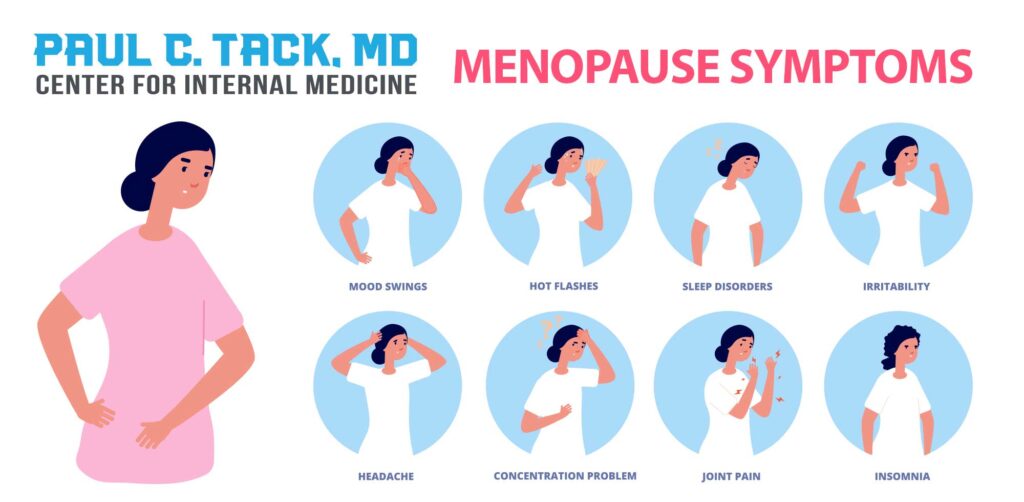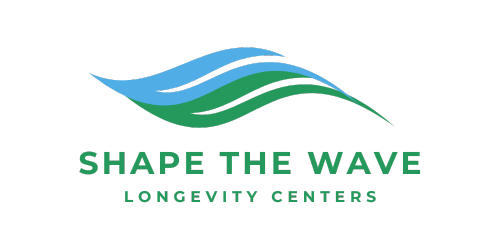BHRT / Menopause Treatment
Menopause Treatment: BHRT
(BHRT) Bio-Identical Hormone Replacement Therapy for Women
Menopause is a natural transition in a woman’s life that typically occurs between the ages of 40 and 55. When the ovaries stop producing estrogen and progesterone, menstruation ceases and the woman is no longer fertile. Menopause is typically confirmed when there is no period for 12 consecutive months. For some women, menopause can occur as early as the late 30s, or as late as the 60s. However, the average age of onset is 52 years of age. When menopause occurs before 40, it is considered premature menopause. For most women, menopausal symptoms diminish during the initial 2 to 5 years. On the contrary, for some it may take more than 10 years. Be aware that the degenerating effects of diminishing or absent hormones levels continue long after symptoms are gone. At Shape the Wave, Bio-Identical Hormone Replacement Therapy (BHRT) for Menopause may be used in conjunction with our Medically Supervised Programs including Weight Loss, IV Vitamin Therapy and Dietary Supplementation.
What Happens to the Body During Menopause?
- Heart pounding (heart palpitations)
- Rapid, irregular heartbeats
- Vaginal dryness
- Dry eyes
- Painful intercourse
- Depression
- Sleep disturbances & insomnia
- Hot flashes and/or night sweats
- Abdominal weight gain
- Urine leakage
- Cravings for sweets or carbohydrates
- Anxiety
- Brain fog (difficulty concentrating, memory problems)
- Weight gain, especially around the middle
- Stiffness and joint fatigue
- Mood Swings
- Irritability


Perimenopause Treatment
Women’s hormone levels begin to change in their middle to late 30s. Perimenopause is the process of change that leads up to menopause and usually occurs 2 to 10 years prior to the onset of menopause. During perimenopause, progesterone and estrogen levels (as well as other sex hormone levels) decline. However, progesterone declines more rapidly than estrogen. These fluctuating and declining hormone levels cause menstrual cycle changes, such as irregularity, or heavier or lighter cycles.
Eventually progesterone and estrogen levels drop enough that the menstrual cycle stops and menopause begins. The decline in hormones causes many of the well-known physical and emotional symptoms associated with perimenopause and menopause. Symptoms vary from person to person and can be dramatic or simple, gradual or abrupt in onset.
The severity of symptoms is influenced by insults to the body. Excessive or chronic stress, poor nutrition, lack of exercise and exposure to environmental toxins all contribute to the decline in hormone levels.
